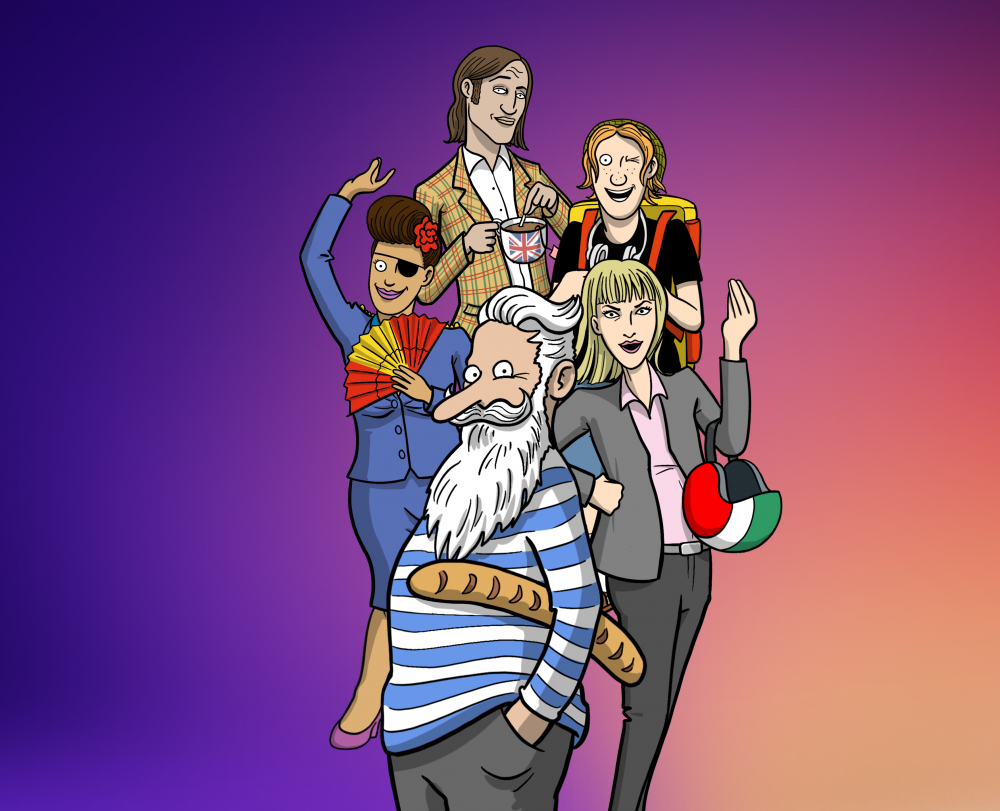Parecerse vs parecer: to look like and to seem
The reflexive parecerse means “to look like”.
Mi padre se parece a Antonio Banderas.
My father looks like Antonio Banderas.
- It can be used before a personal “a”.
Tú te pareces a tu madre.
You look like your mother.
- To express degrees of similarity, we combine it with mucho (a lot, much) or poco/muy poco (a little, not a lot/very little).
Los dos coches no se parecen mucho.
The two cars do not look much alike.
Vosotros os pareceis muy poco.
You don’t look like each other a lot.
Parecer means to seem, to look.
El restaurante parece bueno.
The restaurant seems good.
- It can be used with muy (very).
Vosotras no parecéis muy cansadas.
You girls don’t seem very tired.
- We use it in front of mucho (a lot) + adverb or adjective.
Yo parezco mucho más viejo.
I seem much older.
Note: We can also use parecer to express or to ask for an opinion (to think, to find). In that case, it follows a similar structure to gustar (to like): pronoun Pronombres CI + parece (if the opinion is about a singular thing) / parecen (a plural thing) + adjective or adverb.
El árbol me parece bonito.
I find the tree pretty.
Las plantas me parecen bonitas.
I find these plants pretty.
Still facing difficulties with 'Parecerse vs parecer: to look like and to seem'? Learn and enhance your Spanish grammar through our online Spanish course. Start with a free test and improve today!
What our users say:
Improve your Spanish further and test Hotel Borbollón, online Spanish lessons.

